


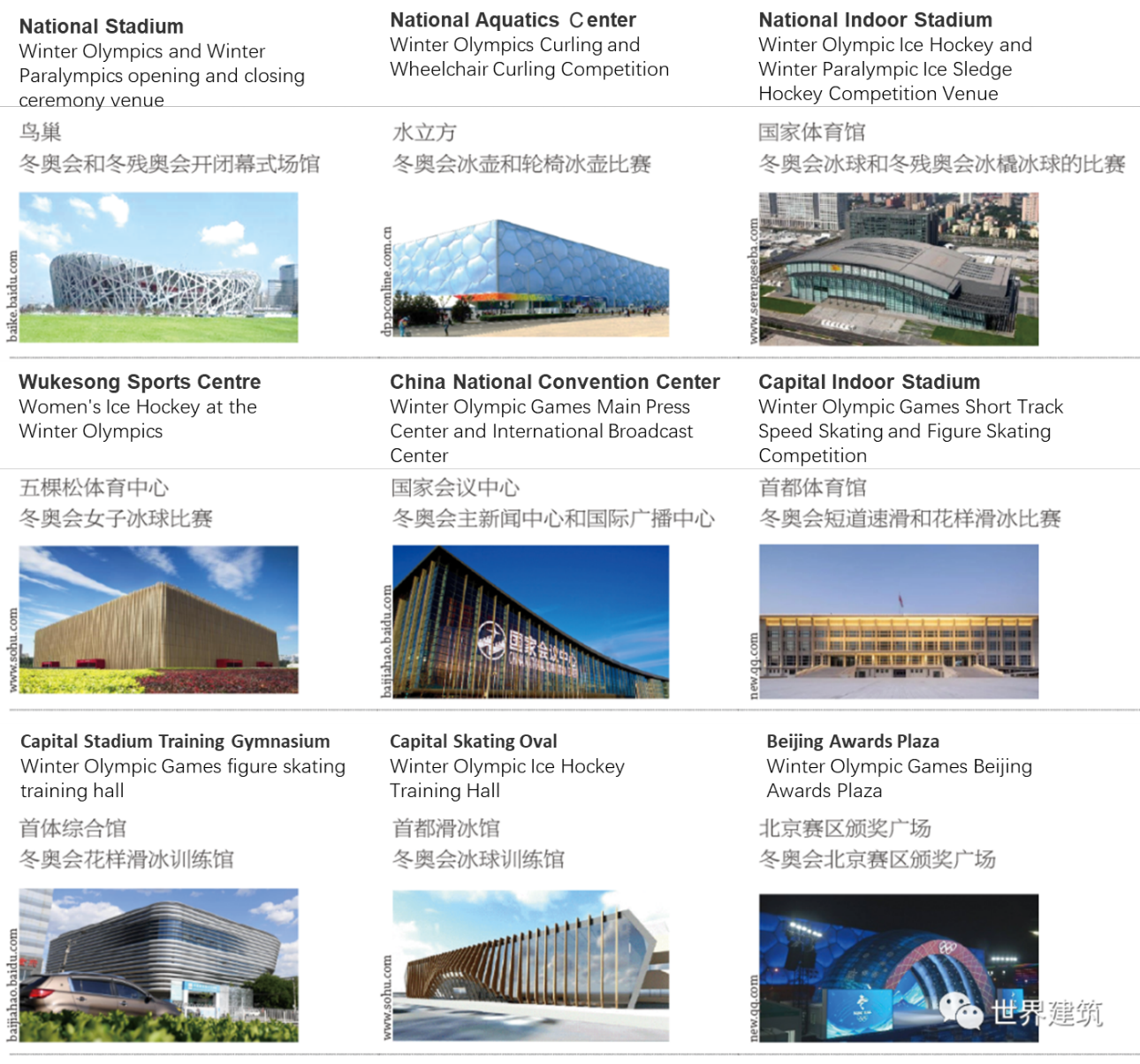
Bo-Rong Lin (Corresponding author), PhD, Professor, School of Architecture, Tsinghua University; Director, Key Laboratory of Ecological Planning and Green Building, Ministry of Education, Beijing, P. R. China.
Hongli Sun, PhD, Tsinghua University, Beijing, P. R. China; Specially Appointed Associate Researcher, School of Architecture and Environment, Sichuan University, Sichuan, P. R. China; Research Member, Key Laboratory of Ecological Planning and Green Building, Ministry of Education, Beijing, P. R. China.
Abstract: In 2016, the Ministry of Science and Technology well planned the "Science and Technology Winter Olympics (2022) Action Plan", which identified five major directions: science and technology, sports technology, smart spectator, security, and green and smart demonstration. After experiencing many difficult challenges from scratch, China's science and technology workers have made a lot of scientific and technological innovation breakthroughs in the key special project of "Science and Technology for Winter Olympics" in the "13th Five-Year Plan". In this paper, we will review the application of sustainable technology innovation in green winter Olympic venues from six aspects, including venue utilization, planning and design, green venue construction, innovation in building standards, low-carbon electric energy and environmental protection cooling system, etc. We will introduce the key techniques and venue applications, summarize the experience and achievements, and provide reference for the green and high-quality development of cities and towns.
1.Sustainable Use of Winter Olympic Venues
Tailored to local conditions is the basic principle of green building construction and the key to implementing a green Winter Olympics. In terms of venue utilization, the Beijing Winter Olympics will focus on the utilization of existing venues and set a sustainable example of Olympic legacy. As the "City of Two Olympic Games", Beijing has a good foundation for the venues built for the Summer Olympics, and based on this, the Beijing 2022 Winter Olympics will maximize the renovation and reuse of the 2008 Summer Olympics venues. There are 29 competition and non-competition venues in Beijing for the Winter Olympic Games, 17 of which are the legacy of the 2008 Summer Olympic Games (Table 1).

Table 1: Venue Reuse Cases
The National Aquatics Center "Water Cube" became the world's first "ice to water" venue through the conversion of the overhead structure. The first step was to erect a steel frame in the swimming pool and lay insulation and coils (concrete, etc.), and the second step was to finish the ice surface by spraying ice paint and trimming the plane. This renovation process turns the original swimming pool area into a curling venue, meeting the design standards of the international Winter Olympic curling venue.
In addition, the National Gymnasium used ice-like glass blocks to replace the original glass curtain wall in the renovation process, and reduced lighting energy consumption by making full use of natural lighting (Figure 1). In addition, Wukesong Sports Center innovatively adopted the "ice quilt" conversion method, which can realize the conversion of basketball court and ice rink within six hours (Figure 2).
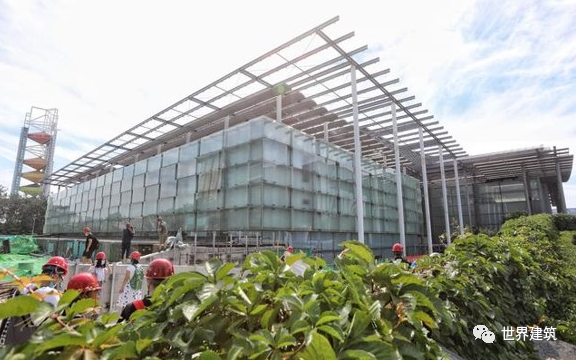
Figure 1: Ice-like glass tiles at the National Stadium (The Beijing News, 2020)
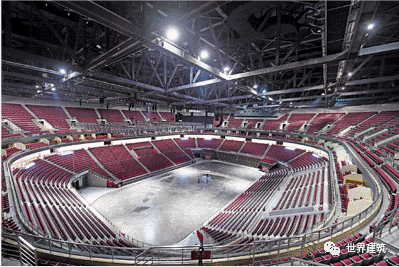
Figure 2: Ice-like glass tiles at the National Stadium (Xinhua Daily Telegraph, 2020)
2.Sustainable Winter Olympic Venue Design Approach
As the core design concept of Yanqing, "Mountain Forest Venue, Eco-Olympics" attaches great importance to conservation of resources, environmental protection and energy saving and sustainable use in the design and construction process. The site design makes full use of the topographical features of the mountain forest venue, and is equipped with about 75hm2 of snow slopes and 11 lift lines on the basis of not affecting the original ecology of the venue. The value of the mountain forest arena.
In addition, some high-performance design tools have been applied in the design of Winter Olympic venues. Some venues in the competition area use 3D spatial information modeling and BIM and other design technologies in planning and architectural design to deeply analyze the topography of the site (Zhang, 2020: 56-59), optimize the design of the venues and municipal facilities, and reduce the amount of earth excavation and the amount of outbound transportation of residues. The design also fully considers low-energy buildings and green certification, forming the concept map into an overall model at the early stage of design, combining energy consumption analysis and technical optimization to ensure the implementation of all technical measures for green buildings. The design also makes use of mountain terrain safety monitoring and pan-scene modeling technology to design key landscape ecological restoration for the construction of mountain facilities. In the design and construction of the professional-level bobsled arena, the design team pioneered the "Terrain Climate Protection System" (TWPS) design concept (Lin et al., 2020: 94-98), which emphasizes the role of terrain conditions in shading low-angle solar radiation, and built the world's only bobsled course set on the south slope (Figure 3).
Figure 3: Design tools for high-performance venues and competition areas (Li, 2021)
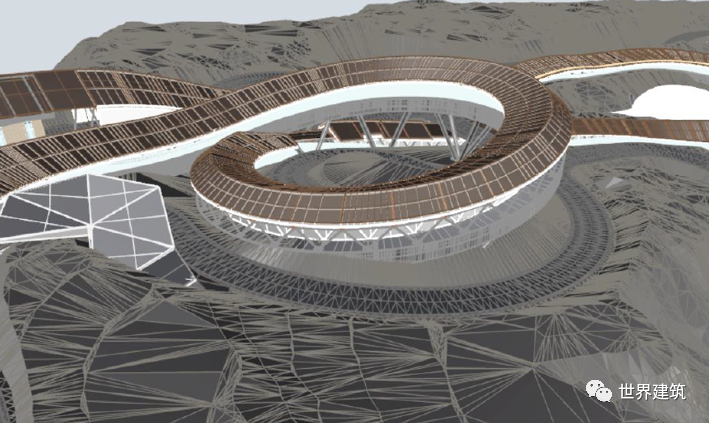
a-BIM technology for the integration design of outdoor venues and arenas
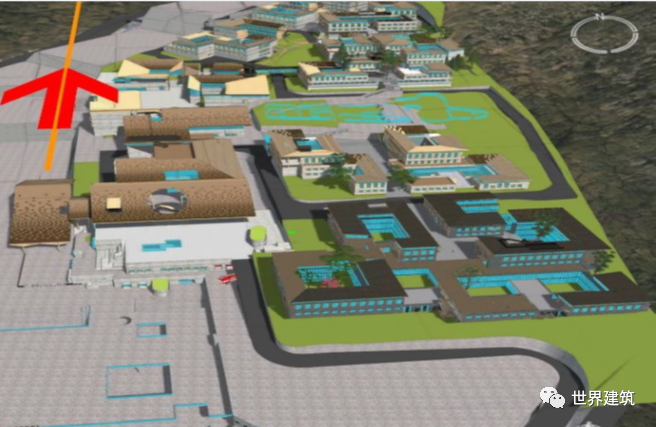
b- Site and Venue Integration with GIS
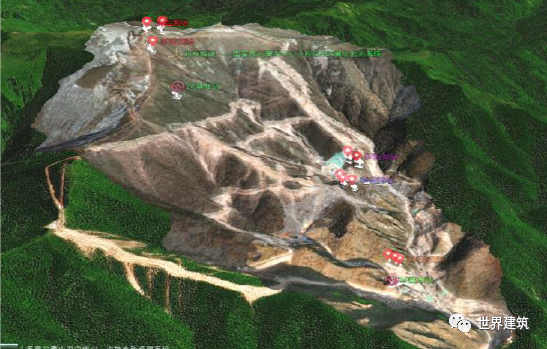
C-Mountain terrain safety monitoring

d- Terrain and Climate Protection System
3.Green Winter Olympics Venue Construction
In the construction process, ecological protection and restoration are carried out in all phases and in all aspects. At the early stage of construction, reasonable construction plans and paths were planned and designed based on local conditions and comprehensive consideration of environmental characteristics and sustainable development; during the construction process, waste and solid resources were effectively used to guarantee the green and sustainable construction process.
Taking the construction of the Yanqing race area as an example (Shi et al., 2022: 11-15), the high altitude, extensive work area, steep terrain and cold climate of the Yanqing race area made the construction extremely difficult and the available construction period was short. At the early stage of construction, the design team first developed a sustainable construction plan in accordance with the environment, and fully considered the all-round protection measures for flora and fauna during the construction process. During construction, in-situ protection plots, near-situ protection plots and relocation protection bases are used to provide all-round protection for plants (Figure 4). The construction process also makes effective use of solid waste resources, adopting the method of filling the snow track to consume as much earth and stone as possible, and realizing that all the waste mountain rocks are utilized.

Figure 4: All-round protection of flora and fauna (Li, 2021)
In addition, according to the requirements of the sustainable construction work of the Winter Olympic Games, the new venues in each competition area need to complete the green building certification work, in which the new venues need to meet the three-star green building standard or IOC recognition standard, and the renovated venues are encouraged to meet the two-star green building standard. Typical high-performance green venue profiles are as follows.
(1)National Speed Skating Stadium - 3-star green building: innovative use of low-E glass curved curtain wall, low-reflection energy-saving roof and aluminum unit roof, integrating structure, shading, lighting and architectural design (Figure 5).
Figure 5: Green design strategy for the National Speed Skating Stadium (Zheng, 2021)
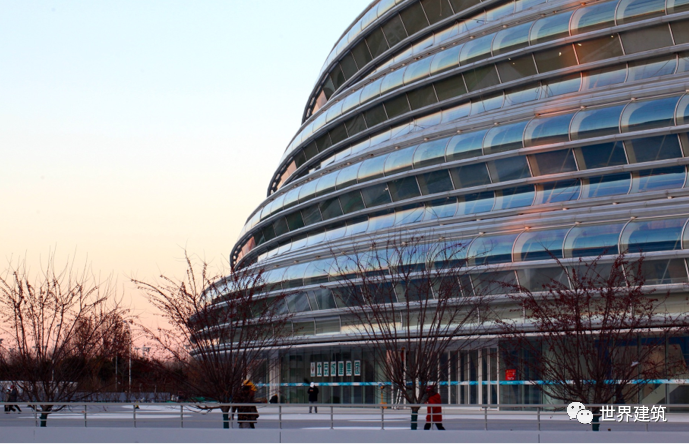
a- low-E glass curved tempered glass
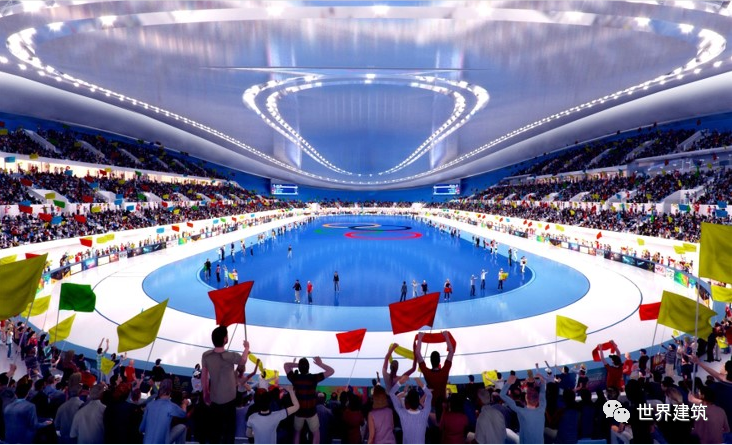
b- Low-reflection energy-saving roof
(2)Wukesong Ice Sports Center, the largest international ultra-low energy stadium, was selected as the first critic of Beijing's ultra-low energy green building demonstration project in 2018. The venue features a number of innovative special node designs, including upright locking edge roof insulation and airtightness design, fair-faced concrete building insulation node design, and non-transparent glass curtain wall insulation design. The building utilizes 30mm thick ultra-thin vacuum insulated insulation panels (STP) to wrap the floor slabs and partition walls connected to the exterior wall structure to reduce the impact of cold and heat bridges (Figure 6). In terms of energy saving and carbon reduction in the electromechanical system, the solution dehumidification and refrigeration unit replaces the traditional electric rotary dehumidification unit; in order to take into balance the risk of heat preservation and condensation, the ice rink area is designed with separate heat preservation. The high-performance enclosure structure and electromechanical equipment make the heating, air conditioning and lighting system significantly less energy-efficient, effectively reducing resource consumption and carbon dioxide emissions. After operational testing, the energy saving rate of the arena is as high as 67%, with an annual saving of 1,145 tons of standard coal, equivalent to a CO2 emission reduction of up to 2,927 tons.
Figure 6: Ultra-low Energy Green Technology Strategy for Wukesong Ice Sports Center
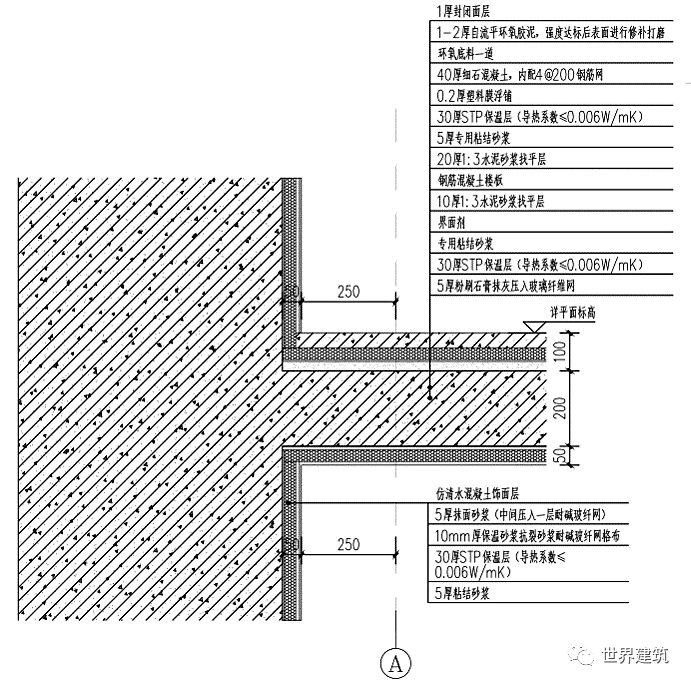
a-Ultra-low energy enclosure node design
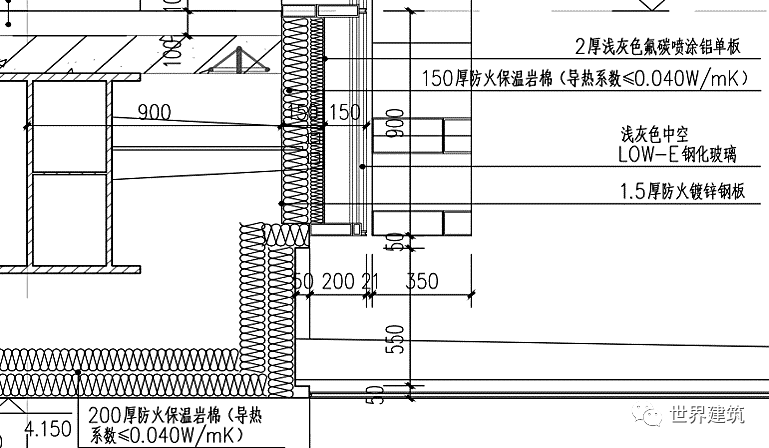
b- Non-transparent glass curtain wall insulation node design
4.Innovation in the construction standards of the Winter Olympic venues
China also innovatively developed the "Green Snow Sports Venue Evaluation Standard" (Li et al., 2022: 78-84), which on the one hand is the first green snow sports venue evaluation standard in China; on the other hand, it is also a practical example of coordinated development in Beijing, Tianjin and Hebei. At the same time, the standard is also an important Olympic legacy in the field of planning and construction of the Beijing Winter Olympics, which will have an advanced guiding meaning and pointing role in green standards for the future construction of snow sports venues in China.
The standard is mainly applicable to the evaluation of green design, construction and operation of new, renovated and expanded snow sports venues, aiming to achieve resource conservation in the venues during their entire life cycle and provide people with suitable, efficient and healthy snow sports space and facilities.
The standard has achieved remarkable results in practical application: in 2020, it supported the completion of six new snow sports venues in Yanqing, including the National Alpine Skiing Centre, National Sliding Centre, and the Big Air Shougang, to achieve the three-star green snow sports venue logo certification (Figure 7-11); it achieved the first time in the history of the Olympic Games that all venues were supplied with 100% green electricity; it insisted on "ecological priority" and successfully restored 1.85 million m2 of construction land in the competition area.
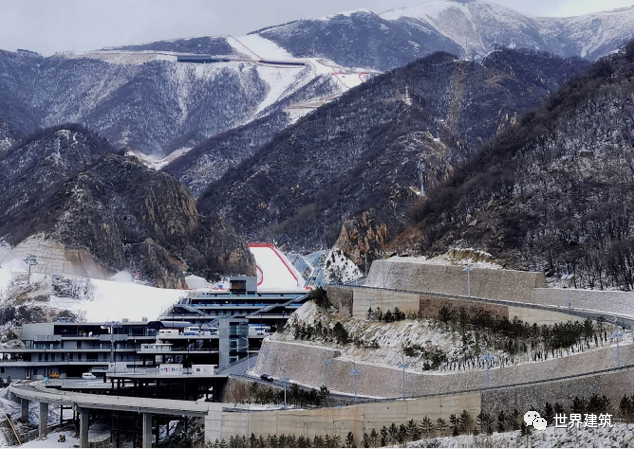
Figure 7: National Alpine Skiing Centre (source: CADG)
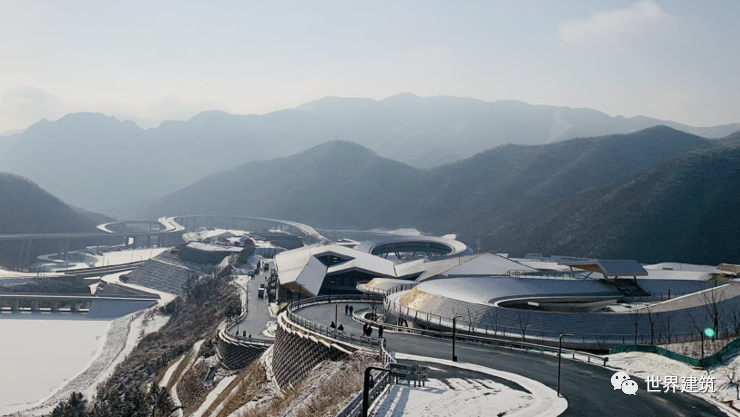
Figure 8: National Sliding Centre (source: CADG)
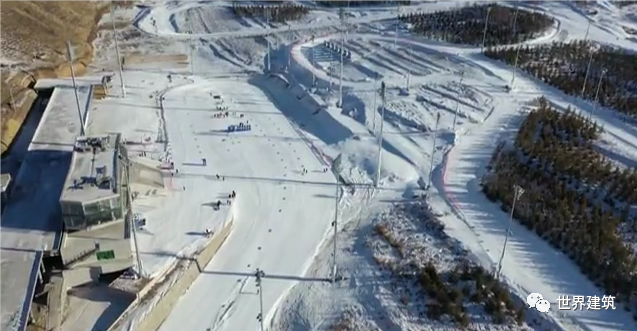
Figure 9: National Cross Country Centre (source: news.cgtn.com)
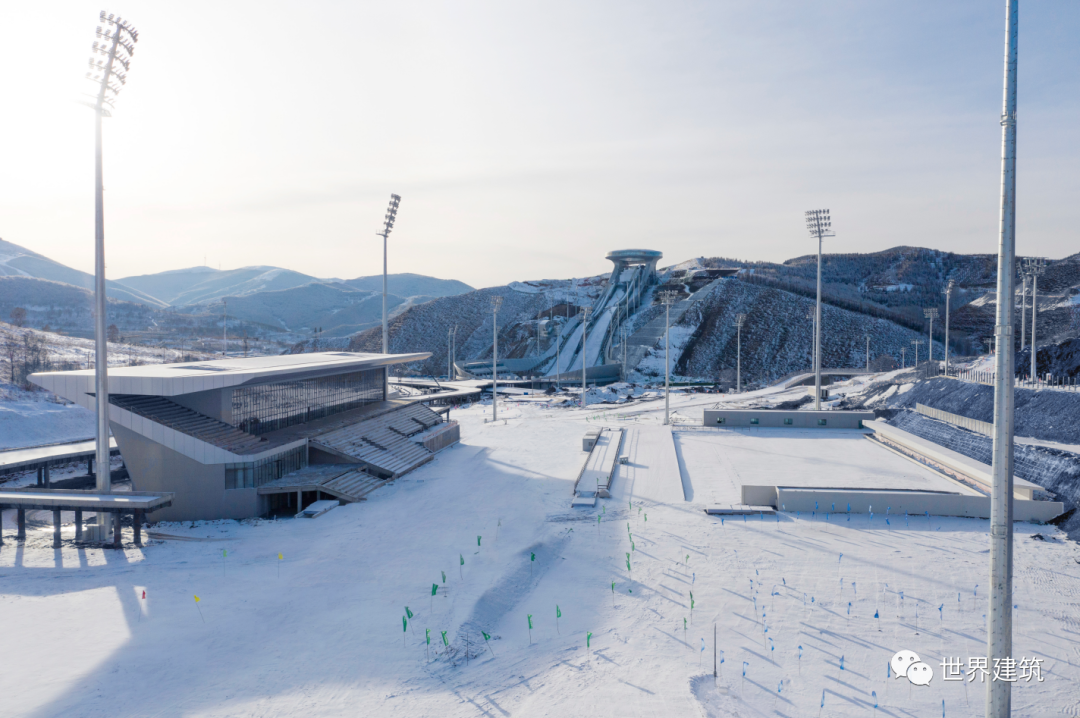
Figure 10: National Biathlon Center (source: THAD)
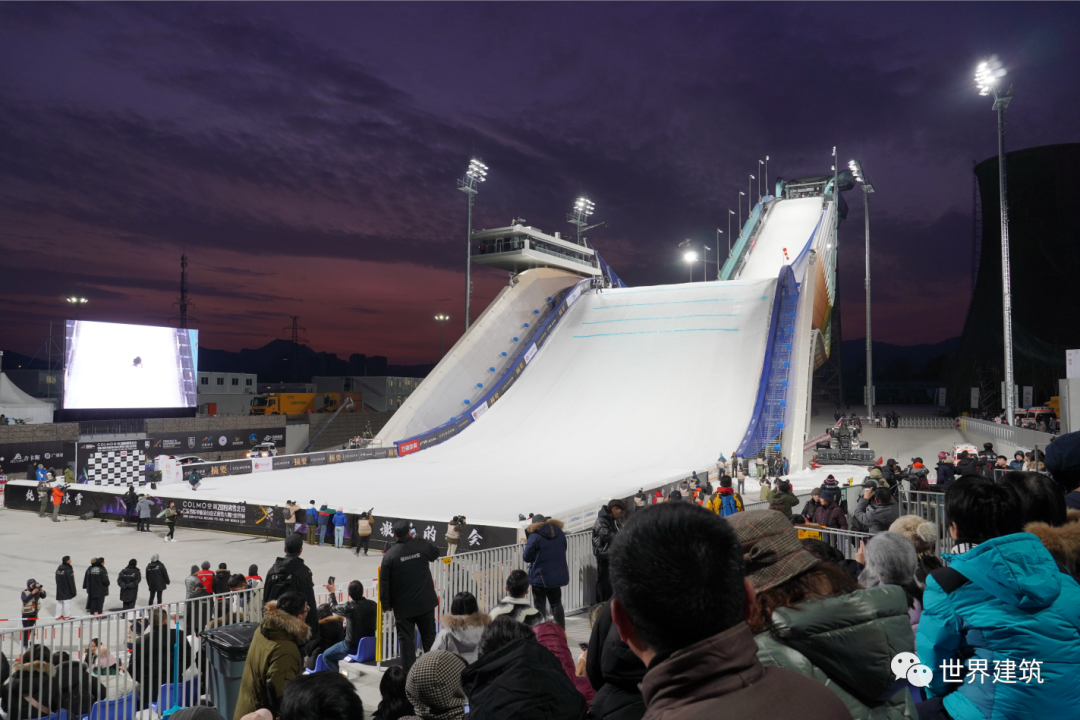
Figure 11: Big Air Shougang (source: THAD)
5.Green Grid Applications
Relying on the Zhangbei flexible DC transmission demonstration project, the Beijing Winter Olympic Games achieved full coverage of urban green grid in the competition area for the first time (Liu et al., 2021: 28-31) . The Zhangbei ±500 kV flexible DC transmission demonstration project is the world's first flexible DC power grid project and the world's highest voltage level and largest transmission capacity flexible DC power grid project, which is a major project for the national grid to provide energy cleanliness (Figure 12). This flexible DC grid integrates large-scale wind power, photovoltaic, pumping system and other energy sources into one, which can not only realize friendly access to all kinds of renewable energy sources, but also realize complementary and consumption between all kinds of energy sources. The Zhangbei flexible HVDC project is not only a model of energy transformation in the Green Winter Olympics, but also has strategic significance for leading future innovation and application in this field.
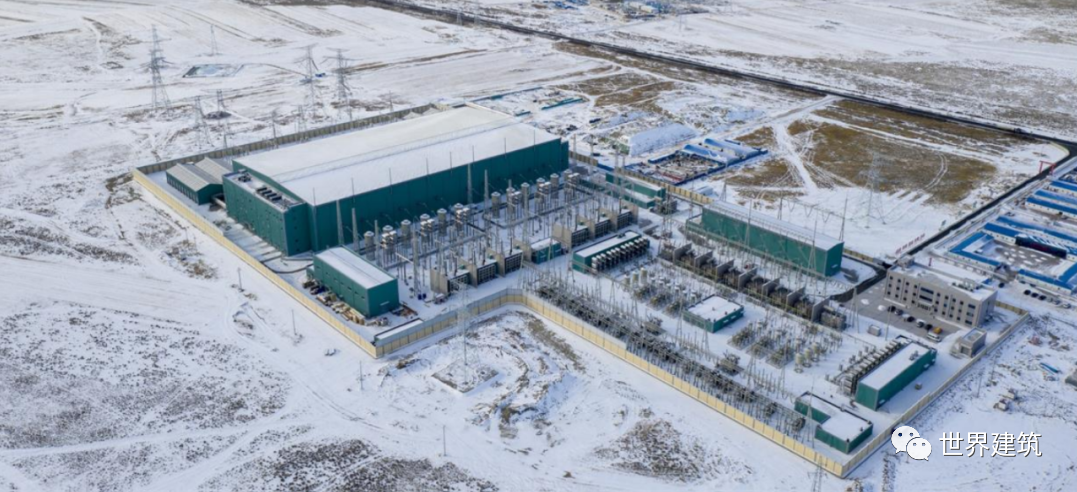
Figure 12: The Zhangbei flexible HVDC project (source: www.eet-china.com)
The project adopts China's original and world-leading new technology of flexible HVDC network, overcoming the three major world problems of network formation technology gap, limited transmission capacity and low operational reliability. The rated voltage of the project is ±500KV, the rated transmission capacity is 4,500,000KW, and the length of the transmission line is 666km. 14.1 billion KWh of green electricity can be provided by the project, which is equivalent to 1/10 of the annual electricity consumption of Beijing, and can ensure 100% green electricity supply to all the Winter Olympic venues during the 2022 Beijing Winter Olympic Games. The project provides a new path to build a high proportion and large-scale new energy safe and intelligent outward transmission system and establish a cross-regional green power trading mechanism in northern Hebei. The use of green power for Winter Olympic venues is a concrete measure to implement the concept of green Olympics and fulfill the bid commitment, as well as a positive action to respond to the Olympic Agenda 2020 and the sustainable requirements of the New Code, which has an important role in promoting the development of China's clean energy industry and serving the construction of ecological civilization.
6.New environmentally friendly refrigeration system
The refrigerant required for traditional ice production contains a large amount of Freon, which has a great damaging effect on the atmosphere. In order to achieve green refrigeration for the Beijing Winter Olympics, some of the Winter Olympics venues have innovatively used carbon dioxide refrigeration systems (Ma & Wang, 2022: 2-7), which is the first time this system has been used in the Winter Olympics.
The advantages of carbon dioxide as a refrigerant are that the ODP (ozone depletion potential) is 0 and the GWP (global warming potential) is only 1, and its carbon emissions are 1/4000 of those of traditional refrigerants. The advantages of this system are not only the high efficiency and low carbon emission of refrigerant, but also the direct ice production with smaller heat transfer temperature difference and higher heat transfer efficiency compared with the traditional indirect refrigeration requiring refrigerant, which can achieve a more uniform temperature of ice production (Figure 13).
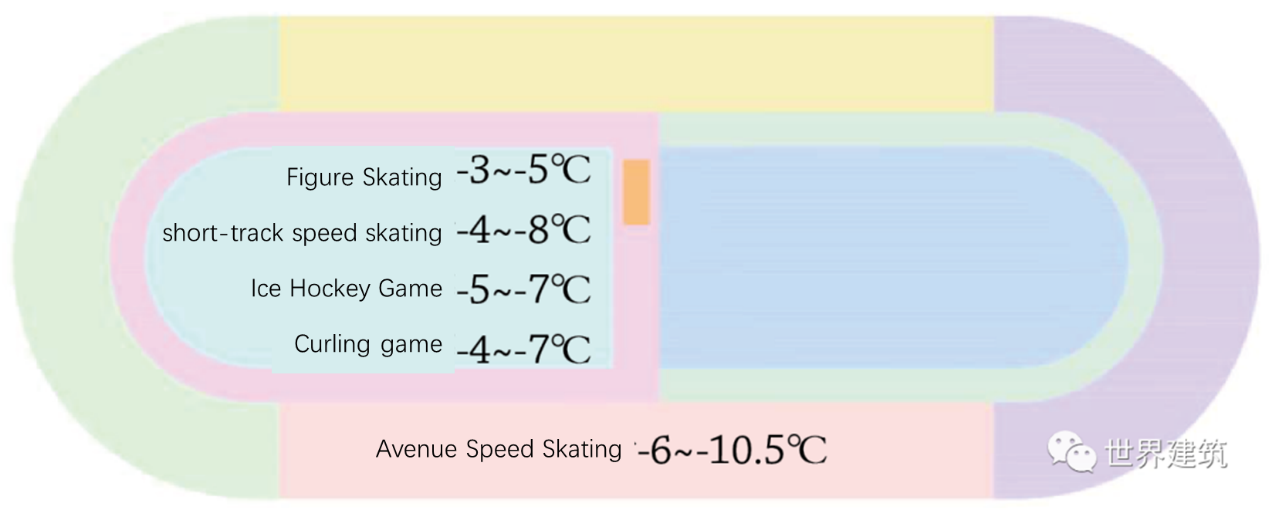
Figure 13: CO2 refrigeration technology for different ice surface temperature requirements (Ma, 2021)
In the Beijing Winter Olympics ice rink, there are 9 ice surfaces using environmentally friendly refrigeration systems, such as the Beijing Winter Olympics speed skating and short track speed skating competition venues. Other new green systems such as ammonia refrigeration system are also successfully applied in the National Snowmobile and Bobsleigh Center. Not only that, the system is also set up with a waste heat recovery system, and the condensing heat will be recovered by the ammonia heat pump when the track is in operation, and the heat can be used for indoor heating of about 10,000m2 in the competition area.
The choice of green refrigerant makes a model of environmental protection and sustainability for the world, making the Beijing Winter Olympics the one with the lowest refrigerant GWP value for ice venues in the history of the Winter Olympics.
7.Summary
From the beginning of the successful bid to host the Winter Olympics, "technology Winter Olympics" has become one of the key words in the preparatory work. Since China is facing many unfavorable factors in the development of ice and snow sports, the technical foundation is relatively weak, the preparation experience is also relatively lacking, and there are certain gaps in the construction of relevant competition areas, venues and platforms. Although many key technologies in the design, construction,operation and maintenance of ice and snow sports venues are monopolized by some large foreign companies, with the support of the "Science and Technology for Winter Olympics" key research and development project, through the unremitting efforts of a large number of workers, China has completed the construction of a large number of different types of snow venues and zones from zero to one, and the relevant technologies are among the world's forefront. In addition, the value of science and technology innovation of Green Winter Olympics is also reflected in the "application" and "drive" effect, becoming an important opportunity to promote China's low-carbon development.
References
China News Service. (2020, June 29). Zhangbei flexible HVDC project will provide 100% green power for the Beijing Winter Olympics. <https://baijiahao.baidu.com/s?id=1670827337045079538&wfr=spider&for=pc. >
Li J, Lin P, Zhou H and Huang D(2022). Beijing, Tianjin and Hebei's first collaborative local standard "green snow sports venues evaluation standards" introduction.?Standardization of Engineering Construction (03),78-84. doi:10.13924/j.cnki.cecs.2022.03.008.
Li, X. (2021). Sustainable design and technology for the 2022 winter olympic games in yanqing and venues. Research Center for Building Energy Efficiency, Tsinghua University.
Lin B, Li X, Liu P, Qiu J and Zhang Y (2020). Concept Design of Terrain Weather Protection System for the Track of National Sliding Centre.?Architecture Technique (10),94-98.
Liu H, Zhang J and Zhang Y (2021). Zhang-Bei Flexible HVDC Project Supports Beijing Winter Olympic Games to Realize 100% Green Power Supply for the First Time in Olympic History.?Energy Conservation and Environmental Protection (10),28-31.
Ma, J. (2021). Green winter Olympic refrigeration techniques. Research Center for Building Energy Efficiency, Tsinghua University.
Ma Y and Wang P (2020). Brief Introduction of CO2 Refrigeration System in the National Speed Skating Stadium and Ammonia Refrigeration System in the National Snowmobile Sled Center for Beijing Winter Olympics in 2022.?Chinese Journal of Refrigeration Technology (02),2-7.
Shi L, Guan W and Zhu Y (2022). Close to Nature · Good at Depending and Borrowing——Overall Ecological Restoration Planning and Design of Yanqing Competition Zone of the Olympic and Paralympic Winter Games Beijing 2022.?Urban Architecture Space (02),11-15.
The Beijing News. (2020, August 26). National stadium extension will have ice making conditions in october. Sohu. <https://www.sohu.com/a/414892020_114988?sec=wd>
Xinhua Daily Telegraph. (2020, December 26). Wukesong gymnasium renovation project has been completed. <http://www.xinhuanet.com/mrdx/2020-12/26/c_139619976.htm>
Zhang X and Yao Y (2020). Application of BIM+GIS technology in the intelligent management platform of winter Olympic venues.?Informatization-Research (06),56-59.
Zheng, F. (2021). Sustainable technologies for the national speed skating stadium and national swimming center. Research Center for Building Energy Efficiency, Tsinghua University.
Source: <https://mp.weixin.qq.com/s/NN4PaBUMMOsG04SwX3pC8Q>
Edited and translated by Ying Hou